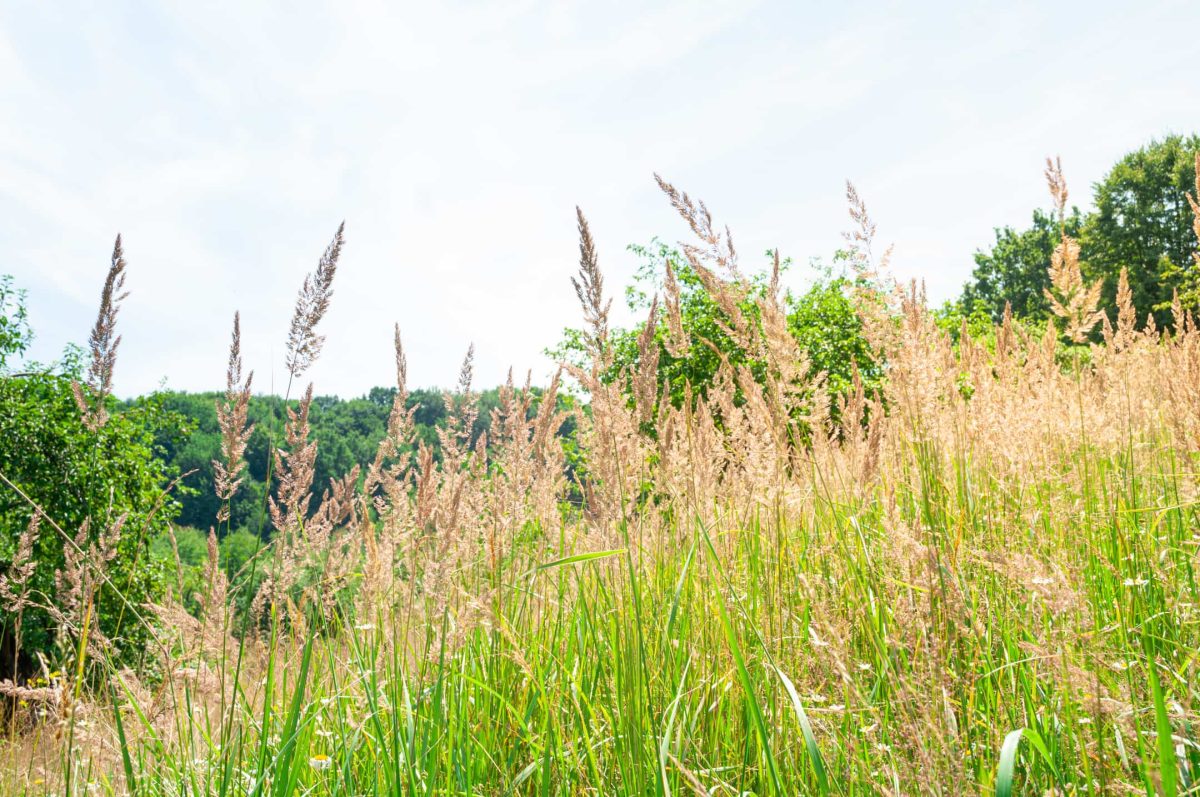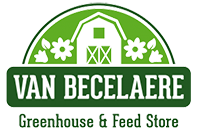Discovering Native Grass Lawn Types for Your Kansas Yard

Posted on May 20, 2025 by Van Becelaere Greenhouse
Imagine a lush, greener lawn that enhances the beauty of your home while supporting the local ecosystem. That’s precisely the potential of a native grass lawn, a more sustainable and low-maintenance alternative to traditional turfgrasses.
Native grass species adapt to local conditions, support pollinators, and thrive with less water and care. Here’s a guide to some of the best native grass options for home gardeners in Pittsburg, Kansas, and beyond.
Why Choose Native Grass?
Native grass lawns offer several advantages over conventional turf lawns, including:
- A deep root system prevents soil erosion and improves water infiltration.
- Require less irrigation and fertilizer once established.
- Support local wildlife and pollinators.
- Better resilience to drought and extreme temperatures.
- Lower maintenance needs, with reduced mowing and fewer pest issues.
Top Native Grass Types for Kansas Lawns
Several native grass species are well-suited to home lawns in our region. Here are some top choices:
- Switchgrass (Panicum virgatum): A tall, upright native grass excellent for larger lawns or naturalized areas. Switchgrass is adaptable to various soils and provides habitat for birds and beneficial insects.
- Big bluestem (Andropogon gerardii): A native warm-season perennial grass native to Kansas. It’s highly drought-tolerant due to its deep root system that can access moisture deep within soil layers, allowing it to thrive with natural rainfall and in dry conditions once established.
- Indiangrass (Sorghastrum nutans): Another native, warm-season perennial grass common to Kansas prairies. As a drought-tolerant grass, it’s highly adaptable to various soils, from heavy clays and sandy loam.
Establishing a Native Grass Lawn
Transitioning to a native grass lawn requires some planning:
- Check local regulations or HOA rules regarding lawn species and mowing height.
- Prepare the site by removing existing turf and controlling weeds before planting.
- Select seeds, plugs, or sod from reputable sources that specialize in native grass species.
- Plant at the optimal time—late spring for warm-season grasses, early fall for cool-season varieties.
- Provide adequate irrigation during the first growing season to ensure strong establishment.
Caring for Your Native Grass Lawn
Once established, a native grass lawn is easy to maintain:
- Infrequent deep watering allows the soil to dry between waterings.
- Mow only as needed—many native grass lawns look best with minimal mowing or when left unmowed for a natural appearance.
- Fertilize sparingly, if at all; most native grasses require little additional nutrition.
- Control weeds in the first year to help your native grass take hold.
Choosing Your Native Grass
Discover the many benefits of sustainable landscaping that save time and money, support the environment, and enhance your outdoor space. These advantages include:
- Reduced water use and lower utility bills
- Less time spent mowing and fertilizing
- Improved soil health and erosion control
- Enhanced habitat for pollinators and wildlife
- Natural beauty that changes with the seasons
By choosing a native grass lawn, you’ll create a beautiful and sustainable landscape. That’s perfect for Kansas gardeners who want to conserve resources while enjoying a vibrant, living yard. Visit Van Becelaere Greenhouse for advice and native grass selections tailored to your needs.
